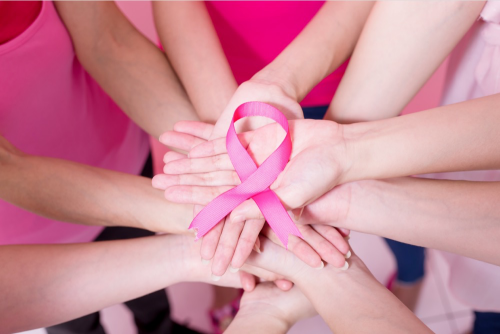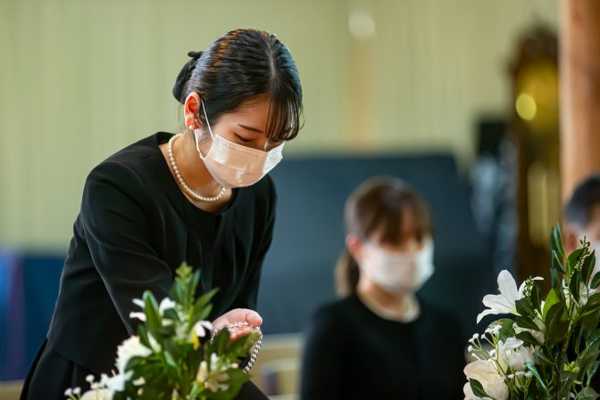美容クリニック 求人完全ガイド:仕事内容・スキル・年収解説
Recognizing the Signs of Breast Cancer: Symptoms, Risk Factors, and Early Detection
Breast cancer is one of the most prevalent cancers worldwide, affecting millions of women each year. Early detection plays a crucial role in successful treatment and improved survival rates. By recognizing the warning signs of breast cancer, individuals can take proactive steps toward timely medical evaluation and intervention.
Breast cancer is one of the most prevalent cancers worldwide, affecting millions of women each year. Early detection plays a crucial role in successful treatment and improved survival rates. By recognizing the warning signs of breast cancer, individuals can take proactive steps toward timely medical evaluation and intervention.

Common Symptoms of Breast Cancer
Breast cancer can present with a variety of symptoms, and while not all changes in the breast indicate cancer, it is important to be aware of potential warning signs.
1. Presence of a Lump or Thickening
One of the earliest and most common signs of breast cancer is the development of a lump or thickened area in the breast or underarm. Although many breast lumps are benign, any new or unusual lump should be examined by a healthcare provider to determine if further tests are necessary.
2. Changes in Breast Size or Shape
Unexplained swelling, shrinkage, or an irregular shape in one or both breasts could indicate the presence of a tumor. Some individuals notice asymmetry in their breasts due to abnormal tissue growth.
3. Nipple Discharge or Retraction
Unexpected nipple discharge, particularly if it is clear, bloody, or occurs without squeezing, may be a warning sign of breast cancer. Additionally, if the nipple suddenly becomes inverted or retracts inward, it should be evaluated by a doctor.
4. Skin Changes on the Breast
Breast cancer can cause noticeable skin changes, including:
- Redness or rashon the breast or nipple
- Dimpling or puckeringof the skin (often described as resembling an orange peel)
- Thickening or scalingin specific areas of the breastThese changes may indicate an underlying issue and should be promptly examined.
5. Persistent Breast or Chest Pain
While breast pain is often related to hormonal fluctuations, persistent or localized pain in one area of the breast that does not go away should not be ignored. Pain associated with breast cancer is usually not cyclical and may be linked to tumor growth.
6. Swelling or Lump in the Underarm Area
Breast cancer can spread to nearby lymph nodes, causing swelling or a lump in the armpit or collarbone area. This may be an early sign that cancer is affecting the lymphatic system.
7. Unexplained Fatigue and Weight Loss
General symptoms such as constant fatigue, unexplained weight loss, or loss of appetite may occur in later stages of breast cancer. These symptoms can also result from other conditions, but if they persist, medical evaluation is advised.
Who is at Risk for Breast Cancer?
Several factors can increase an individual’s risk of developing breast cancer:
- Age:The risk of breast cancer increases with age, with most cases diagnosed in women over 50.
- Family History and Genetics:Having close relatives with breast cancer, especially those with BRCA1 or BRCA2 gene mutations, raises the risk.
- Hormonal Factors:Early menstruation (before age 12) and late menopause (after age 55) contribute to increased lifetime estrogen exposure, elevating risk.
- Lifestyle Factors:Lack of physical activity, obesity (especially after menopause), smoking, and excessive alcohol consumption have been linked to higher breast cancer risk.
- Radiation Exposure:Previous radiation therapy, particularly to the chest area, may increase the likelihood of developing breast cancer later in life.
The Importance of Early Detection
Early detection is key to successful treatment and better outcomes. Routine screening can identify breast cancer in its earliest stages when it is most treatable.
Methods of Early Detection
- Mammograms:Regular mammograms are the most effective screening tool for detecting breast cancer before symptoms appear. Women aged 40 and older are encouraged to discuss screening frequency with their doctors.
- Breast Self-Exams:Performing regular self-exams helps individuals become familiar with their breast tissue and notice any changes early.
- Clinical Breast Exams:A healthcare provider can examine the breasts for lumps or abnormalities during routine check-ups.
Treatment Options for Breast Cancer
The treatment plan for breast cancer depends on its stage, type, and other individual factors. Common treatment options include:
- Surgery:Removes the tumor or entire breast (lumpectomy or mastectomy).
- Radiation Therapy:Uses targeted radiation to destroy cancer cells.
- Chemotherapy:Administers medication to kill cancer cells or slow their growth.
- Hormone Therapy:Blocks or lowers hormone levels to prevent cancer growth in hormone-sensitive breast cancers.
- Targeted Therapy:Uses drugs that specifically target cancer cells, such as HER2-targeted treatments.
Conclusion
Recognizing the signs of breast cancer and understanding its risk factors are essential steps in early detection and prevention. While not all breast changes indicate cancer, seeking medical advice for any unusual symptoms can lead to early diagnosis and more effective treatment. Regular screenings, a healthy lifestyle, and self-awareness can empower individuals to take charge of their health and improve outcomes in the fight against breast cancer.











